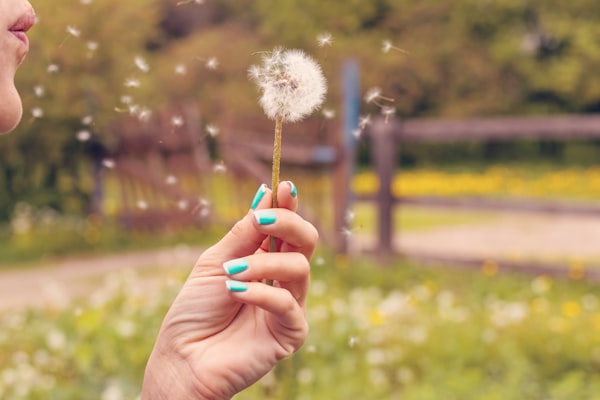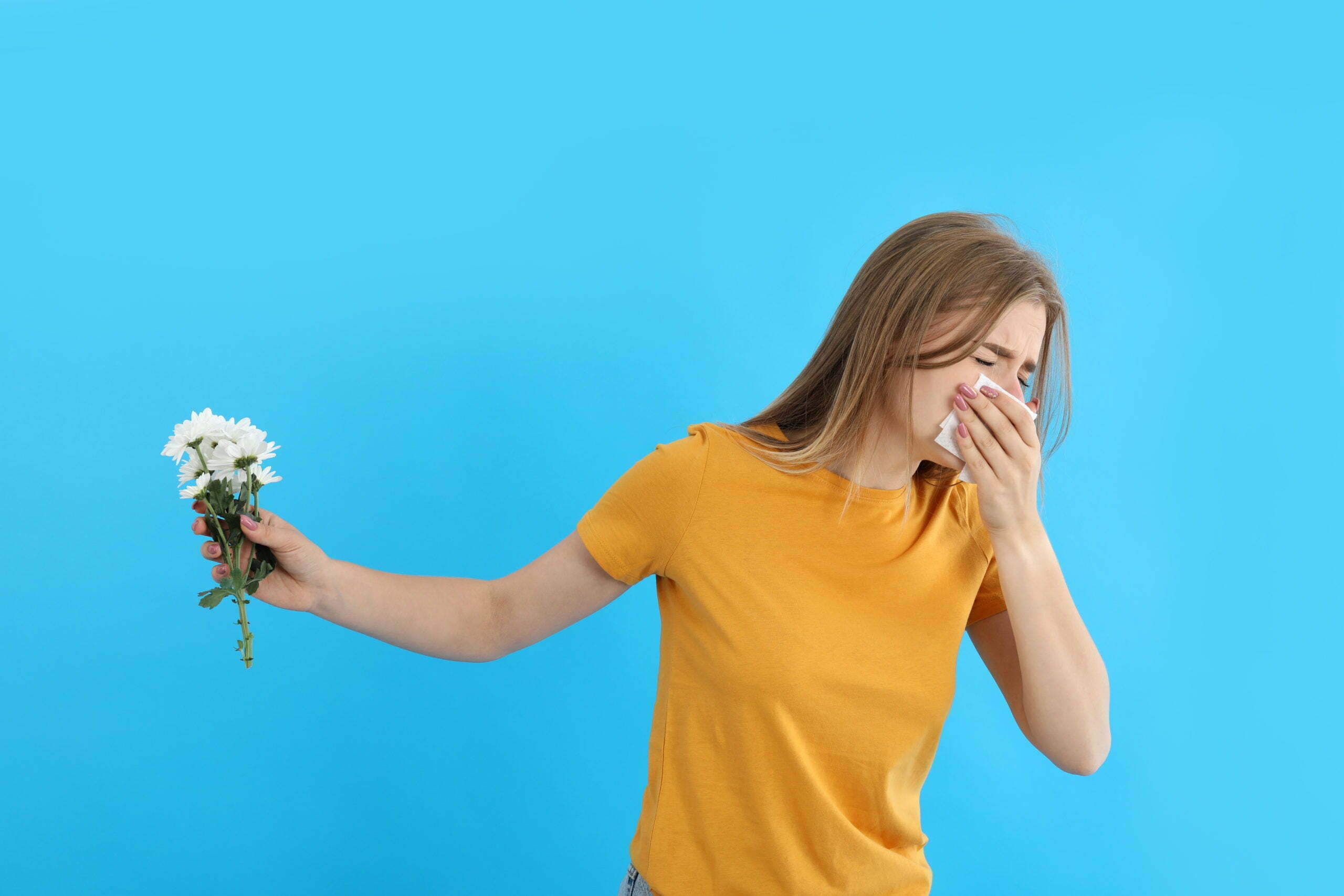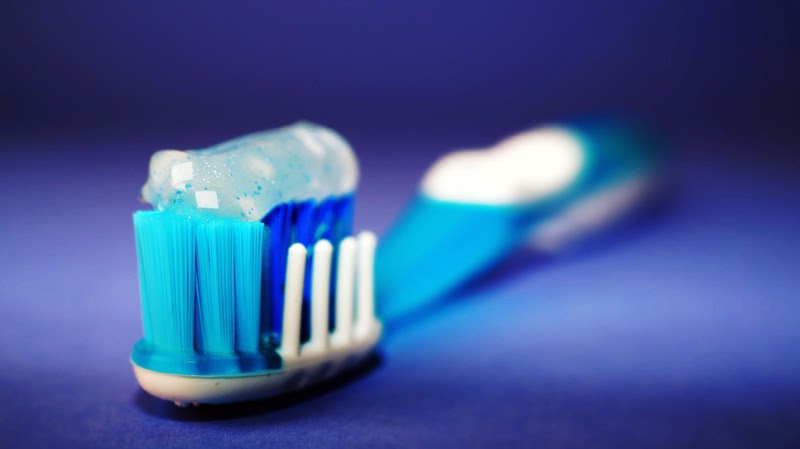Allergies can be a real bummer. They can keep you from doing the things you love, and make you feel lousy overall. If you have allergies, you know that they can flare up at any time, for no apparent reason. Pollen is one of the most common types of allergies, with millions of Americans suffering from them each year. Unfortunately, there isn’t a magic cure that will make your allergies disappear completely, but there are several steps you can take to alleviate your symptoms and improve your overall quality of life. If you want to learn more, read on to find out about the symptoms of pollen allergies.
What are the symptoms of pollen allergies?

An allergic response is triggered when the body’s immune system reacts to a substance that is normally harmless. Pollen is a fine powder that is released by plants in order to fertilize other plants, and for many people, it can cause extreme discomfort. For people with pollen allergies, it can cause a wide range of symptoms, including sneezing, runny nose, itchy eyes, and throat, and congestion. Allergies can be irritating and uncomfortable, and in some cases, they can be quite serious. If you are experiencing any of the above symptoms, it is important to see a doctor and get properly diagnosed.
If you are one of the millions of Americans who suffer from pollen allergies, there are a few things that you can do to minimize your symptoms. First, try to stay inside as much as possible on days when the pollen count is high. Keep your windows and doors closed, and use an air conditioner. If you have to go outside, try to do so when the pollen count is low. You can also wear a pollen mask to protect your nose and mouth from the pollen.
Many people want a longer-term solution, as lifestyle changes have their limitations. As such, another thing that you can do to reduce your pollen allergy symptoms is to take allergy medication. There are a variety of allergy medications available over the counter, including antihistamines, nasal sprays, and eye drops. You could also look into allergy shots or immunoplasty. Your allergist can tell you about the advantages and drawbacks of each of these options.
How can you minimize allergy symptoms at home?

There are a few things you can do at home to eliminate or at least reduce allergy symptoms. One is to keep your home clean and free of dust and pet dander. You can also use a vacuum cleaner with a high-efficiency particulate air (HEPA) filter to remove allergens from the air. You can also use air filters or air purifiers to clean the air. An air purifier can trap allergens like pollen, pet dander, and dust mites. There are many air purifiers on the market, so you’ll have to find one that is right for your needs. Some factors you may want to consider when purchasing an air purifier include the size of the unit and the type of filter.
Cracks in your window frames can let in outdoor air, moisture, and allergens. This can make your home less comfortable and increase your energy bills. Like any other part of your home, your windows can start to show signs of wear and tear as they age. If you notice cracks in your window frames, you should repair them as soon as possible. Sealing the cracks with a sealant or caulk can prevent air and moisture from entering your home. If the cracks are severe, you may need to replace the window frames altogether.
There is no cure for pollen allergies, but there are a number of ways that you can manage your symptoms. Lifestyle changes can make a difference, but most people prefer a more permanent solution. Allergy drops, allergy shots, and immunoplasty are the most popular ways to address allergy symptoms. When you’re at home, you should use products like air purifiers to maintain high indoor air quality. By following these tips, you can minimize your discomfort and enjoy life more fully.













